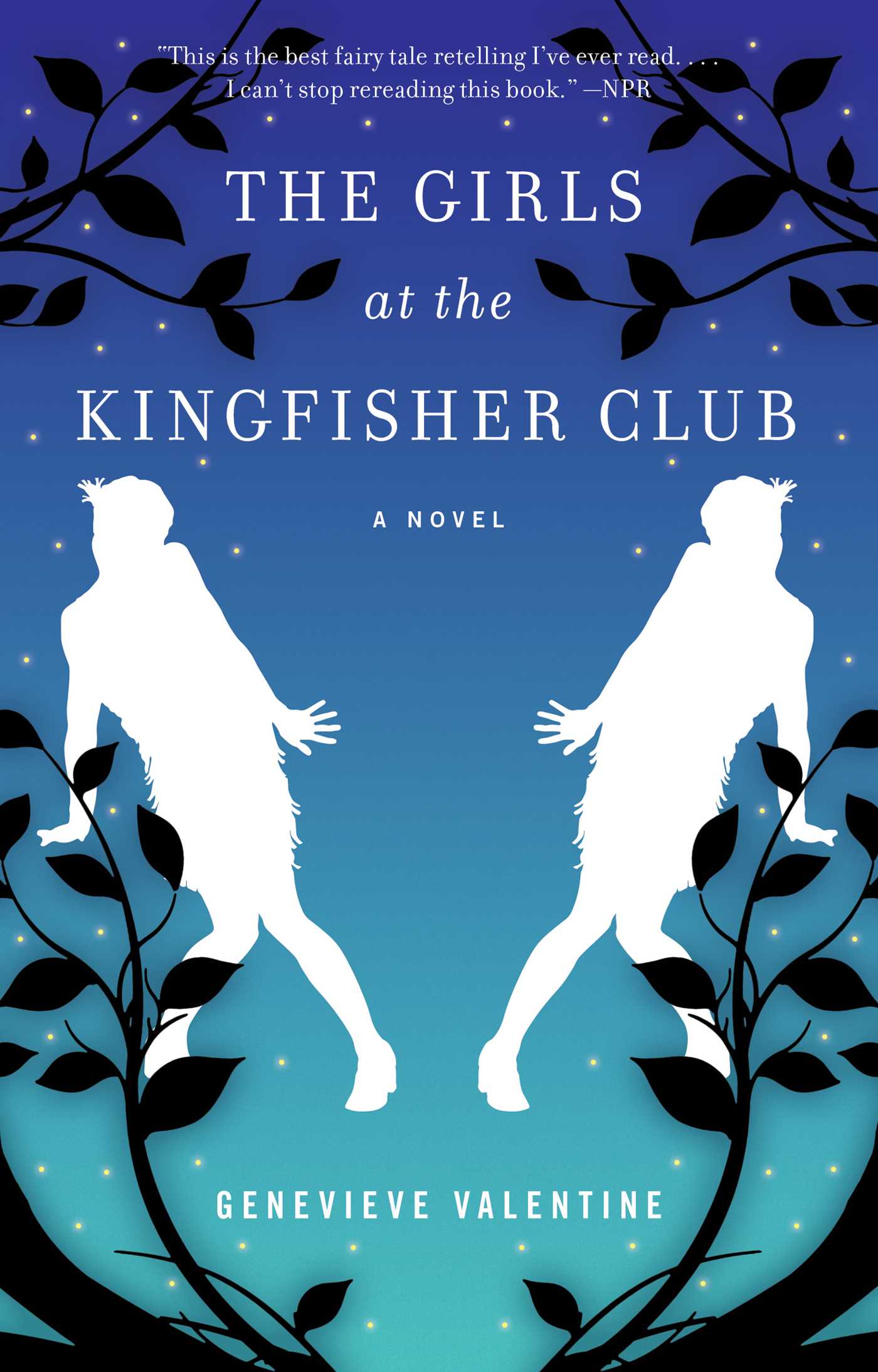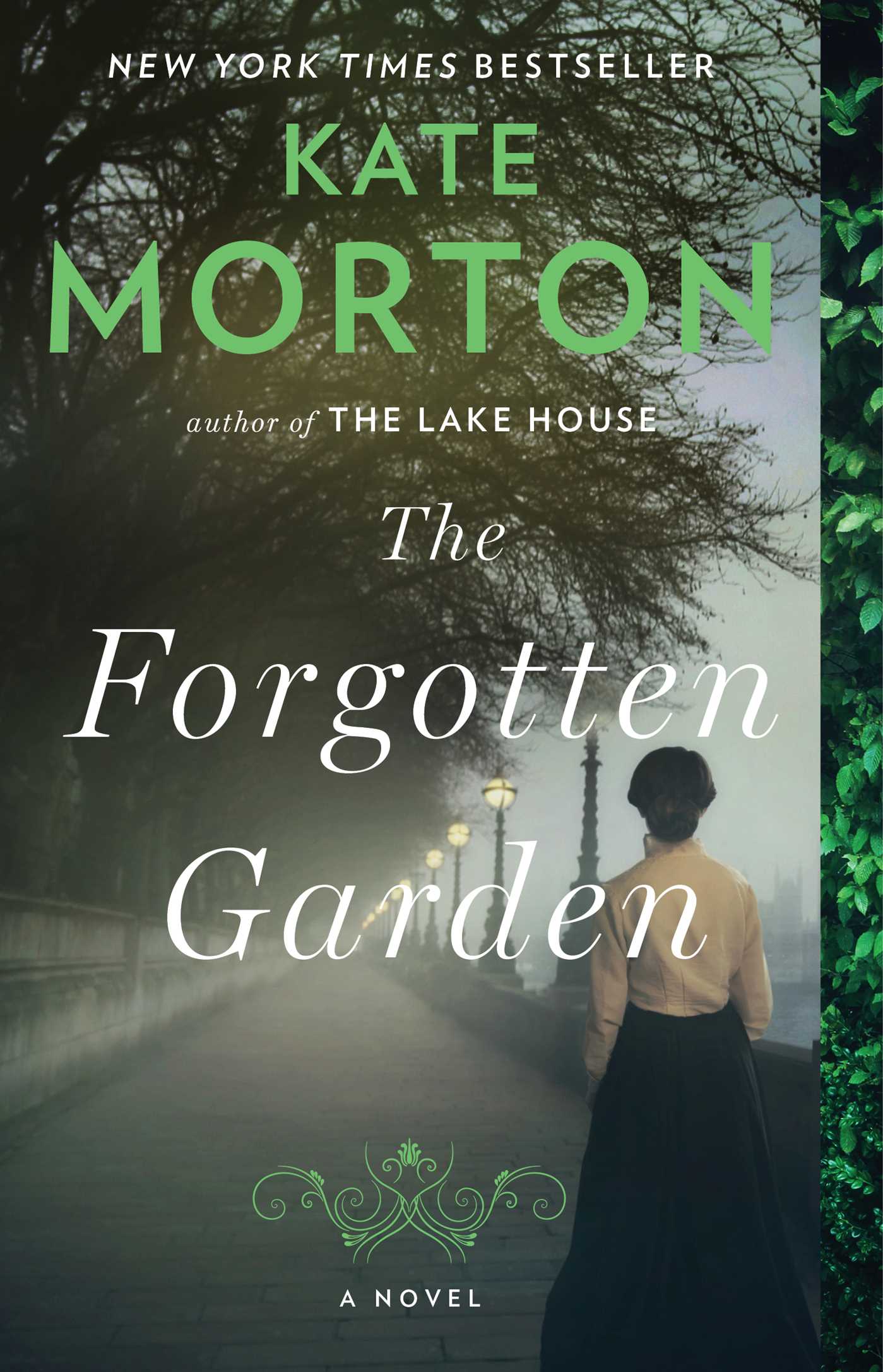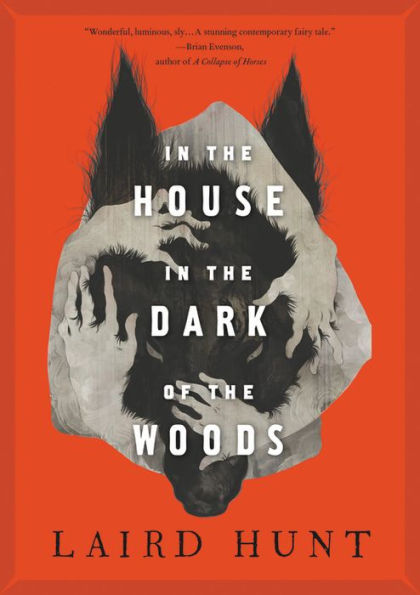When the winter chill descends, our favorite enchanting fairy tale-inspired reads crawl out of the woodworks. And, of course, we lovingly scoop them up and save them for that first cozy sit by the fire. We’ve written quite a few reviews of perfectly cozy winter reads, and gathered them up below. Whether set during Victorian-era England, medieval Russia, or colonial-era New England, you’re certain to be transported to

Rediscovered Reviews: 7 Beloved Books with a Fairy-Tale Feel
Set against the background of England during World War II, the story is written in the style of many classic fairy tales. The main character, David, moves into an unfamiliar old house with his father and new stepmother, Rose, not long after the death of his mother. David is very uncomfortable in this new house, and as he struggles to adapt to Rose and the prospect of his soon-to-be half-brother Georgie, he begins to suffer from terrible visions of an unfamiliar world. The only place where he finds solace is in the books on his shelf.
After Georgie’s birth, fantastical elements start to saturate the story: books begin to whisper, David’s visions get worse, mysterious figures appear, and voices are heard late at night. Much like the characters in THE CHRONICLES OF NARNIA, David eventually finds himself transported to a fantastical world filled with familiar fairy tale characters like Snow White and the Seven Dwarfs, woodsmen, and wolves.
A coming-of-age tale that is reminiscent of Guillermo del Toro’s Pan’s Labyrinth and The Wizard of Oz, the book’s fantastic world is as enchanting as the journey David takes to find his way home.
High in his attic bedroom, twelve-year-old David mourns the death of his mother, with only the books on his shelf for company. But those books have begun to whisper to him in the darkness. Angry and alone, he takes refuge in his imagination and soon finds that reality and fantasy have begun to meld. While his family falls apart around him, David is violently propelled into a world that is a strange reflection of his own -- populated by heroes and monsters and ruled by a faded king who keeps his secrets in a mysterious book, The Book of Lost Things.
Taking readers on a vivid journey through the loss of innocence into adulthood and beyond, New York Times bestselling author John Connolly tells a dark and compelling tale that reminds us of the enduring power of stories in our lives.
MENTIONED IN:
A retelling of the classic Brothers Grimm fairy tale “The Twelve Dancing Princesses,” THE GIRLS AT THE KINGFISHER CLUB tells a story of twelve sisters trying to find their way in the world as they discover how to be bold, how to love, and how to truly be free. The Kingfisher Club is a Jazz Age speakeasy that boasts live music, cheap drinks, and twelve motherless sisters who danced the night away without revealing their names to anyone. After the men gave up asking who they were, the girls became known as “The Princesses.” But once the sun comes up, they are no longer princesses; instead, they are just twelve sisters cloistered in the halls of their home. Their father, who so desperately hoped for boys and is ashamed by the twelve daughters he wound up with instead, locks them away from the world.
The rich descriptions of jazz in THE GIRLS AT THE KINGFISHER CLUB made me feel like I could dance the Charleston right then and there, leaving me smiling all the way through.
This dazzling story of love, sisterhood, and freedom reimagines the fairy tale of the Twelve Dancing Princesses as Jazz Age flappers who escape their father’s Manhattan town house each night to dance in the city’s underground speakeasies. If you loved Rules of Civility or The Paris Wife, be sure to tuck this bewitching novel into your beach bag.
MENTIONED IN:
Part of being human is constantly trying to make sense of the world around us, no matter how strange it may be. We do this every day, rationalizing the actions of fellow commuters on the way to work or keeping a planner simply to know when we did what. But there’s something quite beautiful about the nonsensical that forces you to suspend rationality and simply take it all in. Nothing proves this more than Helen Oyeyemi’s devilishly whimsical and altogether riveting novel MR. FOX.
The novel’s eponymous protagonist, Mr. Fox, is a well-known writer who maintains a penchant for brutally murdering the female characters in his stories. Weary of the misogynistic violence, his imaginary muse, Mary, comes to life to stop his serial murdering. In the process, she threatens both his marriage and overall sanity.
Mixed into the novel’s overarching plot are beautifully reinvented fairy tales and comically grisly short stories, presenting a mosaic of short tales—from reimagined classics such as Blackbeard and Reynardine to various origin stories about Mary’s past. Over time, a love triangle between Mary, Mr. Fox, and his wife, Daphne, emerges, bringing to light weightier questions regarding love, violence, and looking beyond our imagination to see what’s right in front of us.
THE FORGOTTEN GARDEN opens with a mystery that literally spans generations. Nell is a young girl who is found on a dock by a kindly older gentleman. No one knows from where she came or to whom she belongs, so the older gentleman takes her home and raises her as his own. Flash-forward eighty or so years when Nell, mind riddled by dementia, passes away, but not before letting a little of her secret out to her granddaughter Cassandra. Nell’s last words, as well as the house she leaves Cassandra in her will, sets in motion a great series of events that will take you through five generations, two grand and artistic careers, a book of delightfully twisted fairy tales, and, ultimately, Cassandra’s own closure.
For me this was not a quick read. As someone who loves the fast-paced world of thrillers, I needed to learn that, sometimes, the books that leave the greatest mark are not the ones you devour; they’re the ones you savor. Kate Morton’s stories don’t just unfold; each plotline builds like a piece of thread, and each thread is carefully woven, coming together to create a beautiful tapestry of a totally complete story. There is no stone left unturned in Cassandra’s life, nor in Nell’s, and you feel this way about every one of the other dynamic characters in Morton’s novel.
From the #1 internationally bestselling author of The House at Riverton, a novel that takes the reader on an unforgettable journey through generations and across continents as two women try to uncover their family’s secret past.A tiny girl is abandoned on a ship headed for Australia in 1913. She arrives completely alone with nothing but a small suitcase containing a few clothes and a single book—a beautiful volume of fairy tales. She is taken in by the dockmaster and his wife and raised as their own. On her twenty-fi rst birthday, they tell her the truth, and with her sense of self shattered and very little to go on, "Nell" sets out to trace her real identity. Her quest leads her to Blackhurst Manor on the Cornish coast and the secrets of the doomed Mountrachet family. But it is not until her granddaughter, Cassandra, takes up the search after Nell’s death that all the pieces of the puzzle are assembled. A spellbinding tale of mystery and self-discovery, The Forgotten Garden will take hold of your imagination and never let go.
MENTIONED IN:
Bridie Devine, female detective and no-nonsense badass, has been tasked with solving the mystery of all mysteries: Dr. Berwick’s secret daughter has been kidnapped. But why hasn’t he gone to the police? And why had no one heard of this mysterious daughter until her disappearance? These complicated questions can only be solved with one explanation—magic. Christabel Berwick, the peculiar daughter, has inexplicable supernatural powers that readers can only understand after they sink into the charming, sharp, and witty writing of Jess Kidd.
Amidst her enchanting cast of characters, including a seven-foot-tall housemaid and a tattoo-ridden ghost, Jess Kidd unfolds a brilliant and creative story about a dedicated and ingenious detective with a wild and eerie past. Part mystery and part fairy tale, this literary adventure seamlessly weaves magical realism and Irish folklore together, complete with a powerful female lead—Bridie Devine. Hell-bent on finding Christabel, she won’t stop until she turns over every sooty cobblestone in Victorian London.
In this “miraculous and thrilling” (Diane Setterfield, #1 New York Times bestselling author) mystery for fans of The Essex Serpent and The Book of Speculation, Victorian London comes to life as an intrepid female sleuth wades through a murky world of collectors and criminals to recover a remarkable child.
Bridie Devine—flame-haired, pipe-smoking detective extraordinaire—is confronted with the most baffling puzzle yet: the kidnapping of Christabel Berwick, secret daughter of Sir Edmund Athelstan Berwick, and a peculiar child whose reputed supernatural powers have captured the unwanted attention of collectors in this age of discovery.
Winding her way through the sooty streets of Victorian London, Bridie won’t rest until she finds the young girl, even if it means unearthing secrets about her past that she’d rather keep buried. Luckily, her search is aided by an enchanting cast of characters, including a seven-foot-tall housemaid; a melancholic, tattoo-covered ghost; and an avuncular apothecary. But secrets abound in this foggy underworld where nothing is quite what it seems.
Blending darkness and light, Things in Jars is a stunning, “richly woven tapestry of fantasy, folklore, and history” (Booklist, starred review) that explores what it means to be human in inhumane times.
MENTIONED IN:
The atmospheric and lyrical novel THE BEAR AND THE NIGHTINGALE by Katherine Arden invokes all the elements that I love about historical fantasy. Starting with page one, we are thrown headfirst into the cruel and unforgiving world of medieval Russia, where we meet Vasilisa Petrovna, the youngest daughter of a wealthy family. Growing up, Vasya always heard tales about Morozko, the demon of winter, and other spirits that live in among the villagers. But for Vasya, who comes from an ancient magical lineage and thus can see spirits everywhere, these stories are her reality. Vasya manages to keep these sightings a secret until her stepmother starts to see them, too, and is terrified, thinking they are the work of the devil.
When a new priest comes to town, he convinces the villagers to give up the old ways and dedicate their lives 100 percent to God. Coincidentally, soon after his arrival the crops start failing and people start dying mysteriously. As the offerings to the old spirits become virtually nonexistent, Vasya herself is left trying to keep these spirits, who protect her home and people from evil, alive. Using her powers and courage Vasya tries to defeat this new, unknown demon that even Morozko cannot defeat alone.
Arden’s use of Russian folklore made the story seem more like a fairy tale than anything else. Rooted in reality, it is simply these slight fantastical elements woven into the plot that make the story seem familiar and nostalgic. And as you get to know these spirits it’s impossible not to really care for them as you root for their survival.
MENTIONED IN:
In colonial-era New England, a woman leaves the cabin she shares with her husband and son and heads into the woods to gather berries. She gets lost and meets an assortment of mysterious and faintly unsettling women. Captain Jane, who wears a wolf skin cloak and helps people in need—but is she really helping? Eliza, a beautiful woman who lives in a lovely cottage by herself. But is it as lovely as it seems, and is she really alone? And then there are whispers of the elderly but malevolent Granny Someone. The protagonist comes to feel that she is fleeing something evil in those woods. Or perhaps the something evil has been within her all along.
This book is a haunting fever dream, a sharp little nightmare. It is a dark fairy tale born of the repressive, Puritanical society of New England’s past, of the colonists’ mingled terror of and fascination with witches. This is a tale best read in a single sitting, preferably on a dark and stormy night. Or even better, in a little house in the dark of a quiet wood.
Photo credit: iStock / TU-KA

















